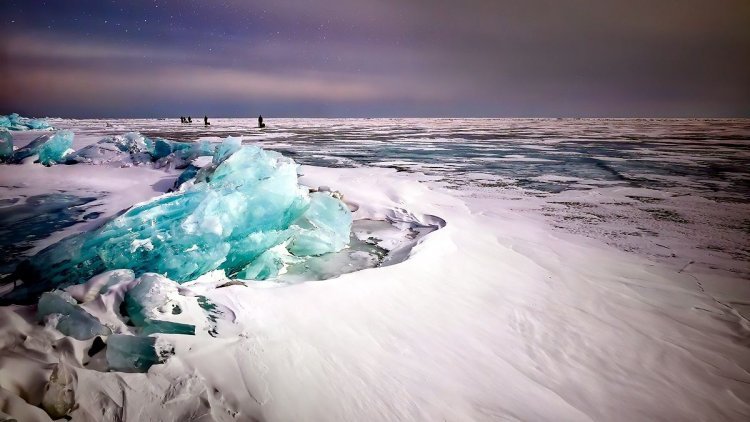Scientists told many viruses sleeping in the snow for 48,500 years
Most of the microbes found in the permafrost ice of Siberia belong to the Ice Age, and will now be studied to find ways to avoid infection.

Russian scientists have revived several viruses sleeping for 48,500 years in the permafrost ice of Siberia. These are associated with five different species of permafrost in Siberia, in the far eastern region of Russia. These viruses, named mega virus mammoth, date back to the era when mammoths, the ancestors of elephants, roamed Siberia. Many of the Ice Age viruses are buried in the permafrost ice of Siberia.
Scientists say that due to climate change, the ice is melting rapidly. Due to this, suppressed viruses can come out. If the virus infection spreads suddenly, then the danger will be more. That's why scientists want to find these viruses in advance and study them so that a way to avoid their infection can be found. Scientists say that such viruses generally survive in watery environments. They have an amazing ability to keep themselves alive for a long time.
Scientists have collected samples of the virus. Some of these viruses are 48,500 years old. Since then he was sleeping in the snow. Three of these viruses are the newest. His age has been told as 27 thousand years. They have been named mega virus mammoth, pithovirus mammoth and pandoravirus mammoth. These viruses were acquired from mammoth feces. The feces were wrapped in mammoth hair.
Two new viruses have also been discovered in the stomach of a Siberian wolf found dead in the snow. Their names are Pacmanvirus lupus and Pandoravirus lupus. Last year also, Russian scientists detected a virus about 24 thousand years old in the Siberian region. It was buried in frozen soil in the icy region adjacent to the Arctic of Siberia.
